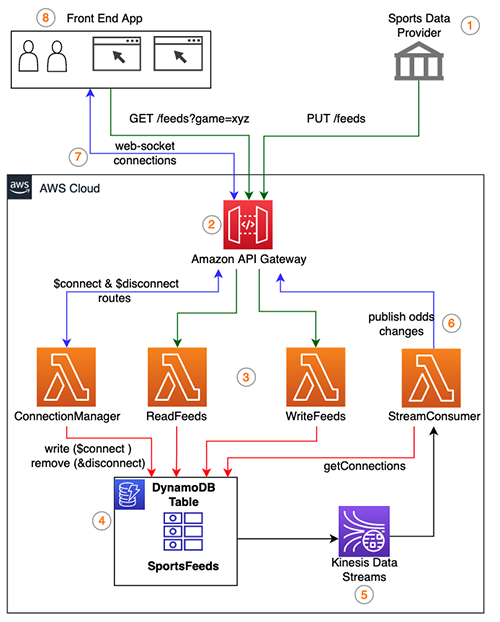
- #Sam local dynamodb cannot assign requested address how to#
- #Sam local dynamodb cannot assign requested address full#
- #Sam local dynamodb cannot assign requested address registration#
Next, we’ll add some configuration values to our appsettings.json file. NET Core applications.Īfter registering these, our project file looks something like this…
#Sam local dynamodb cannot assign requested address registration#
The package includes extension methods to support the configuration and registration of the AWS services with the Microsoft dependency injection container used in. packages.ĪWSSDK.DynamoDBv2 adds the necessary support to interact with DynamoDB via the AWS.

We need to bring in the AWSSDK.DynamoDBv2 and AWSSDK. You can do this via the command line, NuGet package manager or by editing the csproj file directly. Adding NuGet packagesĪfter creating a default project from the API template, we need to add two NuGet packages to our project.
#Sam local dynamodb cannot assign requested address how to#
The key thing I want to demonstrate is not how to read, write and delete from DynamoDB, but more specifically, how to include some configuration to enable the use of the local DynamoDB container when in development. I’ve put together a very basic API application that allows us to write, read and delete from DynamoDB. NOTE: The sample does not include production-ready code.
#Sam local dynamodb cannot assign requested address full#
I’ve included the full sample on GitHub as a starting point. This sample was created using the basic ASP.NET Core API template available as part of the SDK. Next, we’re going to create a basic application to test the local DynamoDB instance. Utilising the local DynamoDB from an ASP.NET Core application If you prefer to run the container without the interactive output then I suggest running in detached mode by adding the -d argument….ĭocker run -p 8000:8000 -d amazon/dynamodb-local.Īs this point, we have a local instance of DynamoDB running in a container, available on our host machine on port 8000. If this conflicts with other applications on your machine, you can specify a different host port number. We have chosen to publish port 8000 from the container to our host machine on its port 8000. This will start a container using the image that we previously pulled down. Now that we have the image available we can start a container instance using the docker run -p 8000:8000 amazon/dynamodb-local command… After a short time, you should see the pull command complete successfully…


This can be done by running the docker pull amazon/dynamodb-local command.

The first step is to pull the DynamoDB Docker image down to your development machine. NOTE: You will require Docker to be installed and running locally on your development machine in order to follow along! I’ll include the basic details of how to use the AWS DynamoDB Docker image here for completeness, however, the full documentation is available on the Docker Hub as well in the AWS Documentation. In this post, I will demonstrate how to get started with the local AWS DynamoDB Docker image and a basic ASP.NET Core application which can be conditionally configured to use the local version when in development. Recently, AWS added a Docker image that makes running DynamoDB locally really straightforward. This can reduce the complexity of local development and reduce the costs associated with spinning up development DynamoDB tables. I recently discovered that AWS provides (and have done for 5 years!) a local version of DynamoDB which is perfect for testing applications offline and without the need to set up actual DynamoDB tables in the cloud. NET Core based microservices I have found myself using AWS DynamoDB as a data store.


 0 kommentar(er)
0 kommentar(er)
